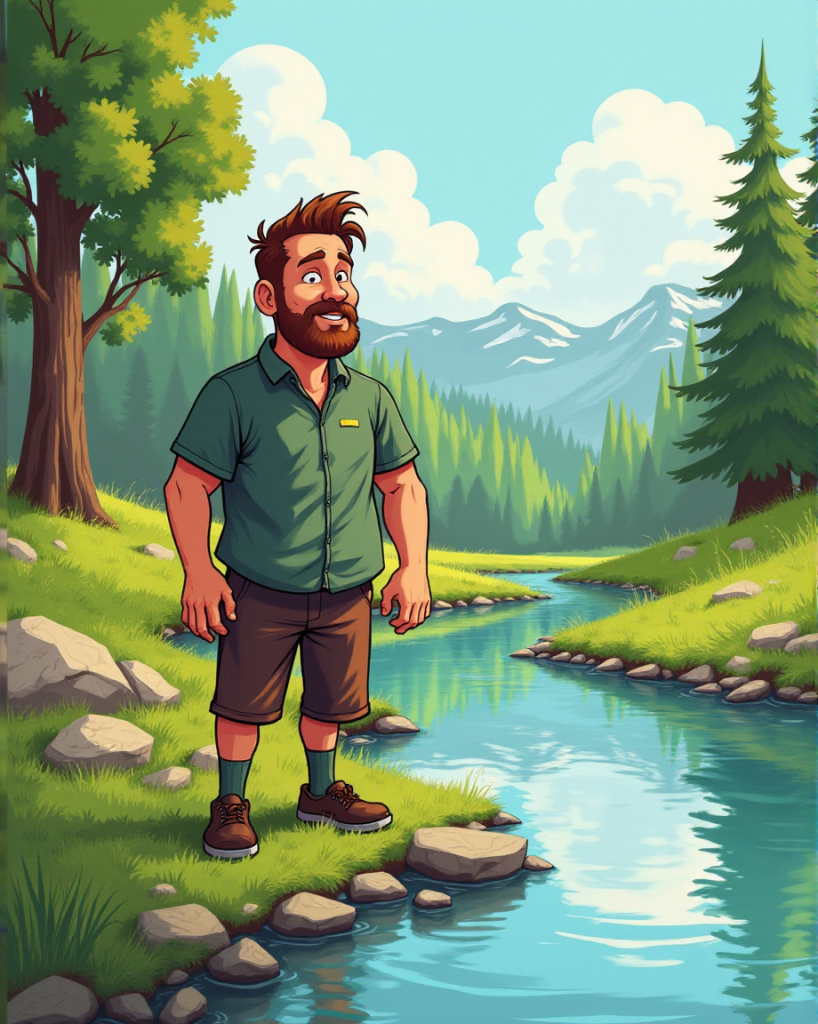I owe thanks for this story to Attila Mislai who translated it.
A zenéről volt szó.”A fülünk könyörületes.”, mondta a zongoratanárnő. „Nem azt hallja, amit valóban játszunk, hanem amit játszani szerettünk volna.” Sok-sok évet töltött diákok körében, volt ideje töprengeni a fül, az agy és a zene viszonya felett. „Könyörületes?, kérdeztem, „Hogy értsem ezt?” A tanárnő így felelt: „Amikor zenét hallgat, a közönség elsiklik az apró hibák felett, nem az előadó játékához, hanem a szándékaihoz igazodik. Tudatunkban hiánytalan, teljes dallamok születnek újjá. A tanár és a zenész a játékra figyel, de a közönség mindig a zenét hallja.
This story in English: https://www.stefanhammel.com/blog/2014/03/24/2678/



